关于IT/OT融合的新闻铺天盖地,但你是否知道, IT/OT融合不仅将会把IT网络和OT网络结合起来,而且还将成为工业世界即将诞生的一切新生事物的支柱,包括:边缘计算、分析、远程调试、协同机器人等等。IT/OT融合将为提***、改进生产力以及加速解决问题铺平道路。
在过去几年间,无论从团队成员、职责、优先级别还是从观念模式而言, IT与OT都是各自为政,分开运行。IT部门负责经营业务网络,以计算机、服务器、存储器和应用程序作为关注***。OT部门负责管理生产环境中的工业网络,主要关心的是机器、设备、协议、PLC控制器和SCADA系统。
但时至今日,一个新的联盟正在悄然形成:
△ 一方面,IT的利益相关者在OT网络中开始掌握更多话语权;
△ 另一方面,OT网络设计及工作人员在某些情况下也开始影响IT。由于IT /OT融合的全部意义在于使IT网络与OT网络之间实现数据共享,因此,我们有理由认为IT在联网工厂环境中显得更加至关重要。
或许SAP/ERP系统可以作为一个典型案例,该系统负责从车间提取实时数据,从而使办公室运营人员能够跟踪、分析如报废率及单件成本等数据,因此,在传统意义上被认为属于IT技术领域。
从车间向办公室传递的信息越多,工厂就越有机会识别各种模式和趋势——尤其是在涉及多点生产的时候。
以Belden为例。我们的生产工厂遍布***;每家工厂的运行模式既有相似之处,又千差万别。如果我们不将工厂信息传递给负责监管多个工厂的运营团队,我们就几乎没有机会分享实践,无法相互学习,难以提高设备效率,更不能将成功流程从一个工厂推广到另一个工厂。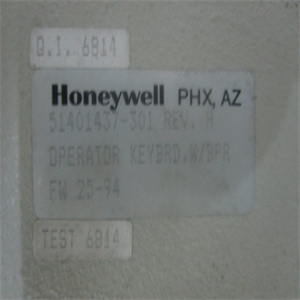

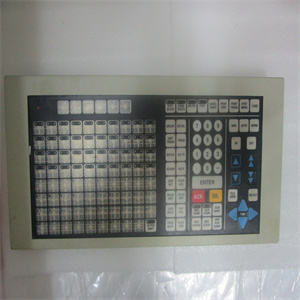 The news about it / OT integration is overwhelming, but do you know that it / OT integration will not only combine it network and ot network, but also become the pillar of all new things to be born in the industrial world, including edge computing, analysis, remote debugging, collaborative machine people, etc. It / OT convergence will pave the way for improving productivity and accelerating problem solving.
The news about it / OT integration is overwhelming, but do you know that it / OT integration will not only combine it network and ot network, but also become the pillar of all new things to be born in the industrial world, including edge computing, analysis, remote debugging, collaborative machine people, etc. It / OT convergence will pave the way for improving productivity and accelerating problem solving.
In the past few years, it and ot have operated separately in terms of team members, responsibilities, priorities and conceptual models. The IT department is responsible for operating the business network, focusing on computers, servers, storage and applications. The OT department is responsible for managing the industrial network in the production environment and is mainly concerned with machines, equipment, protocols, PLC controllers and SCADA systems.
But today, a new alliance is quietly forming:
△ on the one hand, it stakeholders began to have more voice in OT network;
△ on the other hand, OT network design and staff began to affect it in some cases. Since the full significance of it / OT integration is to realize data sharing between IT network and ot network, we have reason to believe that it is more crucial in the networked factory environment.
Perhaps SAP / ERP system can be taken as a typical case. The system is responsible for extracting real-time data from the workshop, so that office operators can track and analyze data such as scrap rate and single piece cost. Therefore, it is traditionally considered to belong to the field of IT technology.
The more information is passed from the workshop to the office, the more opportunities the factory has to identify patterns and trends - especially when multi-point production is involved.
Take Belden as an example. Our production plants are all over * * *; The operation modes of each factory are both similar and different. If we don't pass the factory information to the senior operation team responsible for supervising multiple factories, we will have little opportunity to share practice, learn from each other, improve equipment efficiency, and promote the successful process from one factory to another.


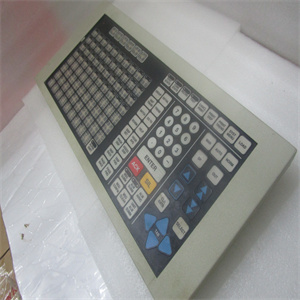

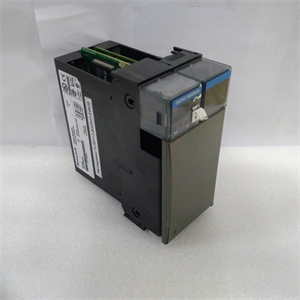
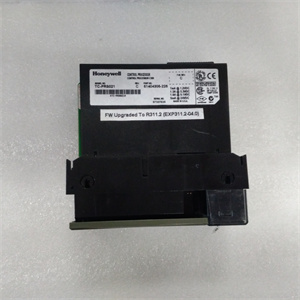
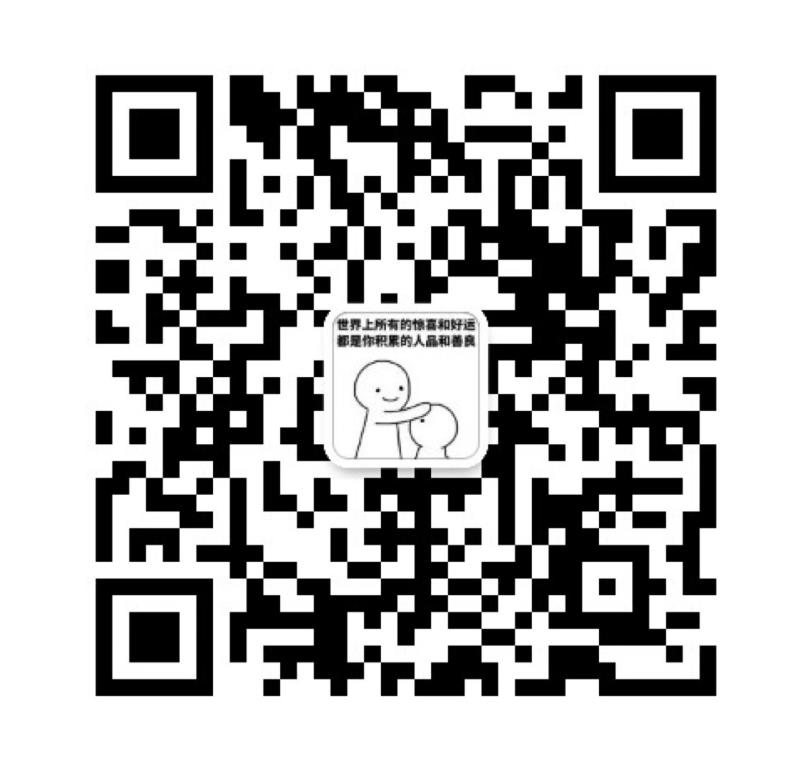
 客服1
客服1